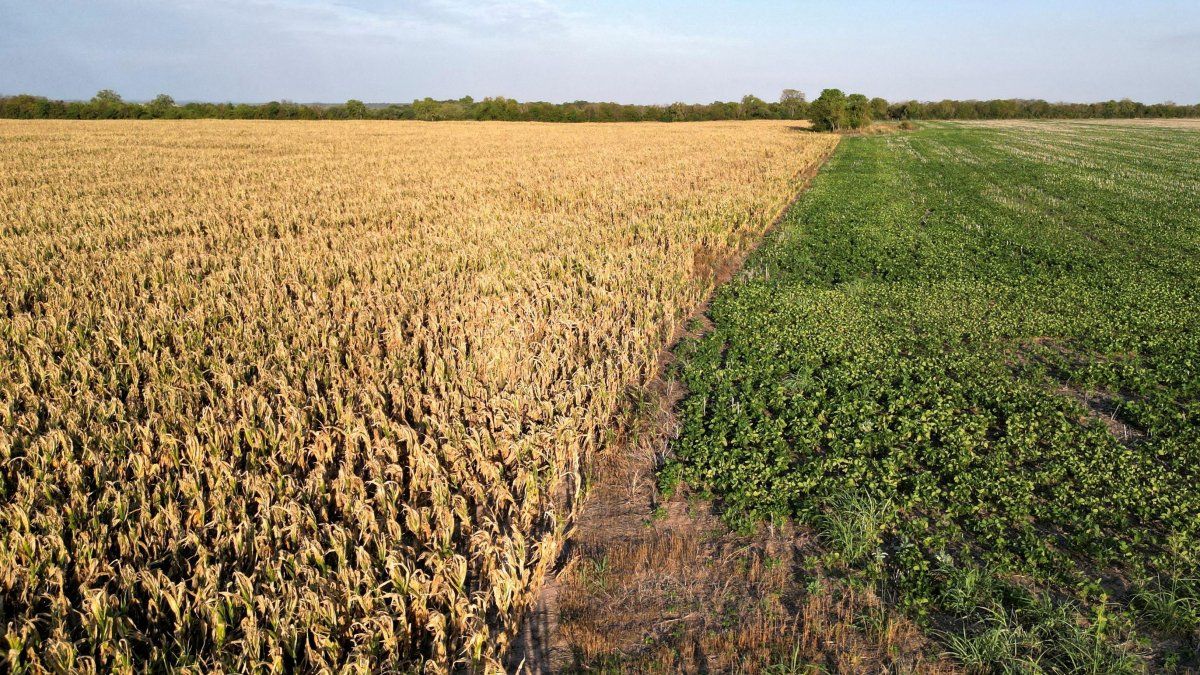He National Institute of Agricultural Technology (INTA) developed a new variety of soy that Has potential to increase performance since it has high protein and is very resistant to asian rusta disease that can affect the productivity by 80%.
The genetic material was obtained by the INTA Missionsy for him Japan International Agricultural Science Research Center. The variety is called Doncella INTA-Jircas and will contribute “to strengthening the national seed industry, biological diversity and the supply of germplasm,” they indicated from the public agency.
The product was the result of 20 years of joint work between both organizations and they finally presented this variant considered “unprecedented” that resists the Asian rustone of the big problems in soybean production since it accelerates defoliation, it impairs performance and leads to large losses in productivity.
“It will help strengthen the seed industry,” they said.
The specialist in genetic improvement of INTA Cerro Azul, Adrián De Lucia, stressed that “the genetic material developed will be very useful for the stable supply of soybeans and the increase in production in Argentina and South America, thanks to the decrease in production losses due to diseases”.
“This innovation will contribute to strengthening the national seed industry to consolidate food security, the maintenance of biological diversity in crops and the diversification of the germplasm supply. In addition, it will enable new contributions to knowledge through access to improved germplasm as the basis for the development of the scientific-technological systemDe Lucia added.
With an average yield of 3,000 kilograms per hectare and a potential of 3,900 kilos per hectareDoncella INTA-JIRCAS has high protein quality, estimated at about 42%.
The new variety was registered in the Registry of Cultivars of the National Institute of Seeds (Inase) and, currently, it is in the official launch stage, since from the organization “they are looking for bidders for licensing.”
De Lucia, on the other hand, explained that “It is highly resistant to Asian soybean rust Phakopsora pachyrizhi., with three introgressed Rpps genes. Resistant to races 1, 3 and 17 of Phythophthora sojae and is moderately resistant to Diaporthe Phaseolorum Sp. Merid stem canker, diseases that affect the crop”.
This disease is caused by the biotrophic fungus Phakopsora pachyrizhia pathogen that reproduces by uredinospores that spread by wind over long distances, reinfecting nearby flocks.
Source: Ambito




